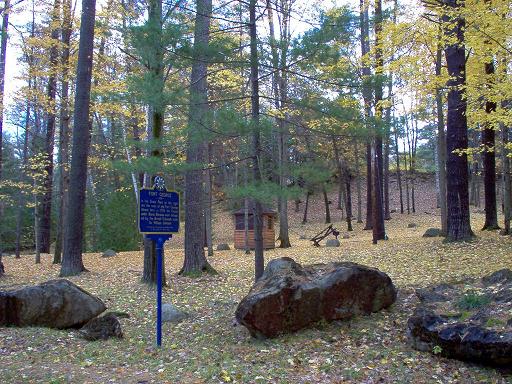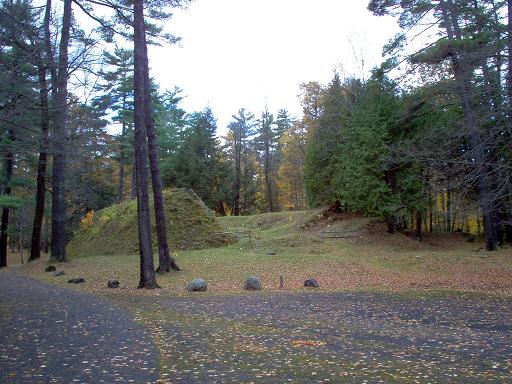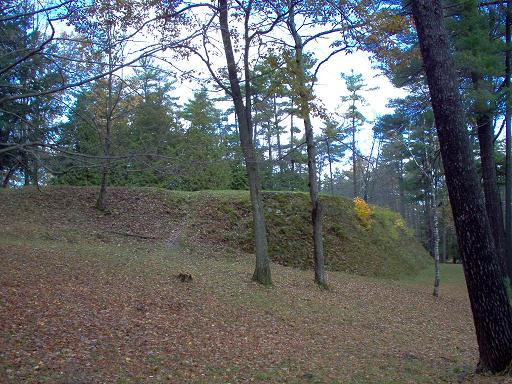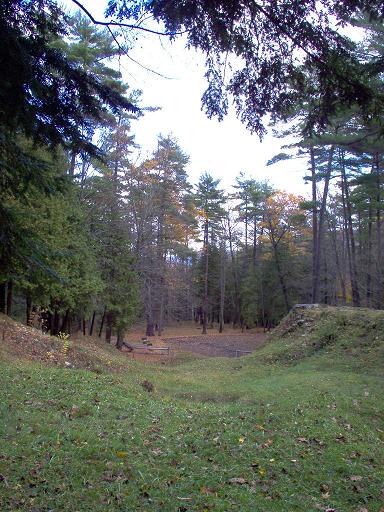| T O P I C R E V I E W |
| James N. |
Posted - November 22 2009 : 7:48:51 PM
Well, anyway it was a "Mystery to ME"! I'd seen this pile of dirt before, but couldn't really "get" anything like a fort out of it - I'm talking about the earthwork in the woods near Ft. William Henry/Lake George Village in Fort George Battleground Park:
Image Insert:

82.93 KB
Image Insert:

62.74 KB
I couldn't see any relation to anything as large as a period fort like William Henry, Stanwix, or Ticonderoga; certainly nothing like Fort Ahmerst, Montgomery, and others of the Revolution. In fact it most closely resembles ( now that I know better! ) what in Europe was a fieldwork called a fleche or "arrowhead". These were used on various Napoleonic battlefields, notably by the Russians at Borodino, and resembled the later lunettes ( "little moons" ) of our Civil War. It all became clear, however, on reading this passage from the very excellent little book I picked up at Ft. William Henry and have recommended elsewhere here, Fort William Henry - Digging up History:
"The southern end of Lake George was of little strategic military significance following the fall of French power in North America. Fort George itself was never completed for this reason, and the ruins of the single completed bastion can be seen today in Fort George State Park."
Knowing this, I now "see" what it is! My surprise is that it was being built in such a piecemeal fashion - I would've expected a rectangular compound with surrounding walls to be laid out first to protect the garrison, then bastions, firing platforms, and other strengthening and improvements to be gradually added. But I guess with the fall of Ticonderoga and Ste. Frederick there wasn't any rush or threat! At any rate, these photos taken of the inside and outside of the "point" of the bastion makes it pretty clear what it was intended for:
Image Insert:

76.78 KB
Image Insert:

83.63 KB
|
|

![The Mohican Board! [Bumppo's Redux!] The Mohican Board! [Bumppo's Redux!]](images/wwwboard.gif)

